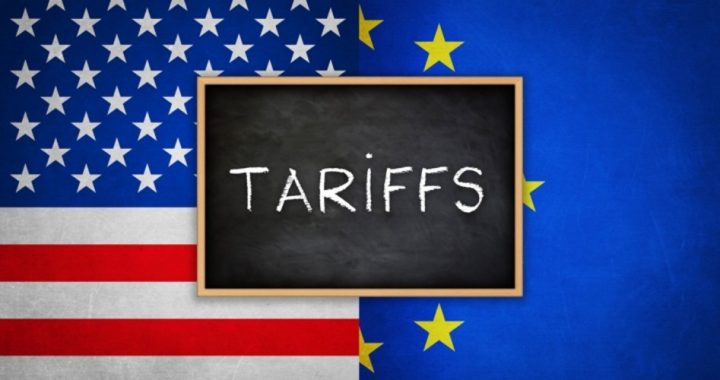
The International Monetary Fund (IMF), in its latest World Economic Outlook (WEO) released on Tuesday, fell into the same trap as so many other forecasters have: ignoring both the temporary nature of Trump’s tariff strategy and the incoming wave of repatriated funds that have been languishing overseas for years.
The chief apologist for the IMF, Maurice Obstfeld (on loan from the University of California, Berkeley, and a former member of President Obama’s Council of Economic Advisors), in a note accompanying the WEO, said that world growth has “plateaued”: “Last April, the world economy’s broad-based momentum led us to project a 3.9 percent growth rate for both this year and next. Considering developments since then, however, that number appears over-optimistic: rather than rising, growth has plateaued at 3.7 percent.”
Those “developments,” not surprisingly, have to do with Trump’s trade wars and his “unsustainable” economic policies: “Not only have some downside risks that the last WEO identified been realized, the likelihood of further negative shocks to our growth forecast has risen. In several key economies [including, of course, the United States], moreover, growth is being supported by policies that seem unsustainable over the long term.”
Obsfeld, the economic counselor and director of research at the IMF, added that the present roaring economy in the United States is only temporary: “Growth in the United States, buoyed by a procyclical fiscal package, continues at a robust pace and is driving US interest rates higher. But US growth will decline once parts of its fiscal stimulus go into reverse.”
Obsfeld appears to be oblivious to two essential facts: It’s the Federal Reserve that has decided in its wisdom that it’s time to remove the punch bowl from the party by continuing to raise interest rates; and those “parts of the fiscal stimulus” that are scheduled to disappear (unless Congress extends them) won’t be felt until 2025, seven years from now.
Surely Obsfeld knows that of the 52 temporary provisions added to Trump’s Tax Cuts and Jobs Act (TCJA), half of them won’t roll off until 2025, but his group is anticipating them much earlier. The IMF is forecasting that GDP growth in the United States in 2019 will decline to 2.5 percent.
The IMF did get part of its forecast right: China’s economy is faltering and, with the assistance of Trump’s tariffs both present and prospective, is likely to decline further. It projects China’s GDP growth to drop from 6.6 percent this year to 6.2 percent next year, its lowest since 1990.
Missing from his commentary is any mention of the strategy Trump is employing, but instead he assumes that the tariffs Trump is using to get China to come to the negotiating table will continue forever.
To his credit, deep into his commentary, Obsfeld gets it right: When China comes to terms acceptable to Trump, that “would be a significant upside to [our] forecast.”
That “significant upside” is going to take place even if China remains stubborn in coming to the table, thanks to the half a trillion dollars that have already been repatriated under Trump’s TCJA with another trillion likely to be returning to the United States over the next couple of years.
Those “high tariffs” will ultimately result in low tariffs, providing a stimulus to the world economy that Obsfeld cannot, or will not, foresee. And if Congress makes those “temporary” tax cuts permanent, then the IMF will be forced to adjust upwards significantly its future World Economic Outlook reports.
Image: gguy44 via iStock / Getty Images Plus
An Ivy League graduate and former investment advisor, Bob is a regular contributor to The New American magazine and blogs frequently at LightFromTheRight.com, primarily on economics and politics. He can be reached at [email protected].
Related articles:
Nearly Half a Trillion Dollars Already Repatriated; More Coming



